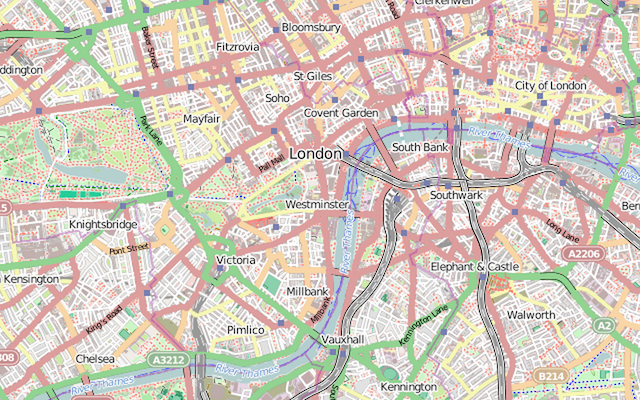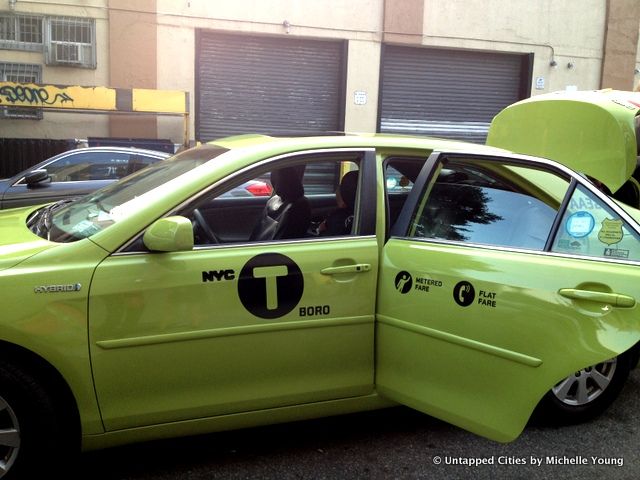Last-Minute NYC Holiday Gift Guide 🎁
We’ve created a holiday gift guide with presents for the intrepid New Yorker that should arrive just in time—


No two cities associate iconoclasm and uniformity with their taxi cabs like New York or London. While most assume the differences stop at color–yellow for New York, black for London–a stark contrast exists in who drives the cabs and what those drivers know. Prerequisites, the application process, the tools they use, and even the culture of the cabbies differ between the cities. We detail exactly where these differences exist–just remember that the word “knowledge” for a London cabbie is spelled with a capital “K” and is preceded with a definite article.
In both New York and London, all taxis are owned by private entities that license their vehicles with the city’s government agency. New York’s agency is known as the Taxi & Limousine Commission, while London’s is known as the Public Carriage Office. Both agencies license vehicles and drivers for all for-hire vehicles (FHV), including limousines, minicabs, and all other non-metered vehicles, or livery cabs. Specifically, those who wish to become a “real” taxi driver in New York must either apply to become a Yellow Medallion Taxi driver or a Street Hail Livery (Boro Taxi) driver. The latter typically serves the outer boroughs where Yellow Medallion cabs aren’t as present. In London, the official term is “hackney carriage,” though most people simply refer to them as “black cabs,” regardless of color. We’ll get to that later, though.
All for-hire drivers in New York must have a valid New York State chauffeur’s license (or Pennsylvania, New Jersey, or Connecticut) prior to applying. Additional requirements exist for those wishing to drive Yellow Medallion Taxis. No “chauffeur’s license” exists for London drivers, though a distinction is made in their badges. The Yellow, or suburban, badge authorizes a driver to operate in any one of Outer London’s nine “sectors.” They may only do business in their sector of choice. The Green badge, or All London License, authorizes a driver to operate anywhere throughout Greater London’s 600+ square miles.
In New York, all applicants must show valid proof of having taken a Defensive Driving Course and then enroll in either a 24 or 80-hour course known as Taxi School. Once completed, the applicant then takes an English Proficiency Exam and a 50-question multiple choice “hack test” on general geographic knowledge and TLC rules. Exams take roughly six hours, and applicants have two attempts to pass. The pass rate has steadily declined from the 1990s, from 80% to 53% last year. All steps of this process can take as little as two weeks to complete.

The myriad nature of London’s streets. Source: OpenStreetMap
In London, the rigorous study process takes the average applicant anywhere from 3-5 years to complete, during which he or she will learn some 320 general “runs” and 30,000 points of interest on mopeds. Each applicant then takes a multiple choice exam in two stages, with a minimum score of 60% to pass. Succeeding that are three 20-to-30-minute oral exams known as Appearances, in which an applicant must narrate the shortest and most efficient route between any two given points in London. Each successive Appearance becomes more difficult, and many applicants won’t pass three until 10-12 tries.
Drivers of Yellow Taxis in New York are required to drop fares off anywhere in 5 boroughs, Westchester and Nassau Counties, and Newark Airport, though they are not prohibited from making the occasional run to Philadelphia. Boro Taxis may not pick up fares south of E 96th Street, W 110th Street, or any airports. They exist in a special class of livery cabs, and by New York state legislation they are required to be painted apple green, fashion TLC approved decals, and charge the same rates as Yellow taxis. Customers may call for a pre-arranged trip and negotiate the price over the phone. Both brands of taxis depend on GPS’s to aid drivers in navigation, and Boro Taxis’ meters will not work if the GPS detects that they are operating in a “yellow” zone.

London taxis, though colloquially referred to as “black cabs,” are not required to be painted a certain color. The term is used to distinguish them from minicabs, or the British term for a livery cab. Drivers are famously prohibited from the use of any satellite navigation during their application process and operational use, relying instead on one’s own prowess, known as “The Knowledge.” A beast whose reputation precedes it, “The Knowledge” is said to be the equivalent of having a virtual map of London implanted in one’s brain.
Read more about Boro Taxis here.Get in touch with the author on his Twitter or his website, thisisnotreale.com
Subscribe to our newsletter